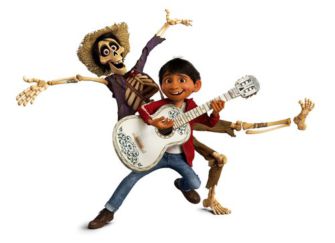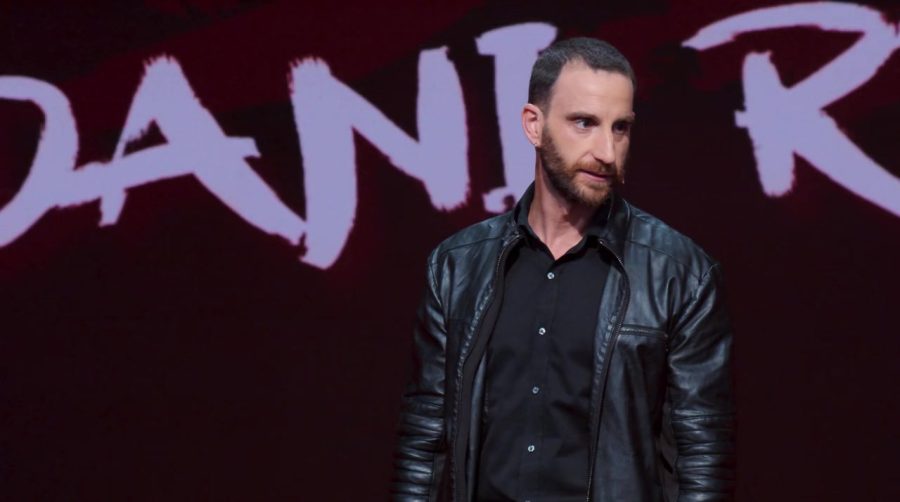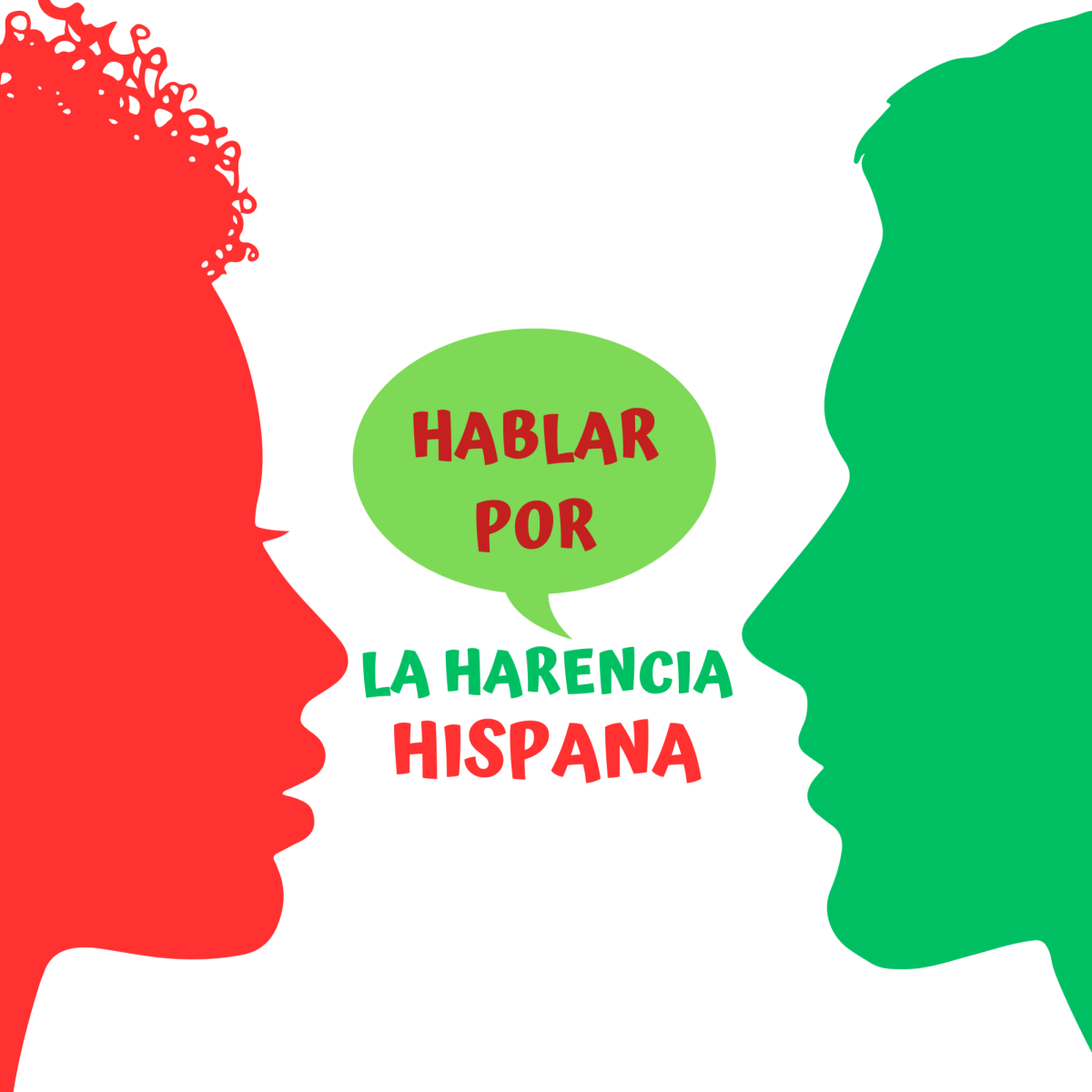
Imagine this: the familiar, cherished song, “A Dream is a Wish Your Heart Makes,” but with a twist—it’s Mariachi. “Coco” exhibited a stunning display of culture and a riveting story alongside it.
Disney Pixar’s “Coco” went above and beyond by hitting all of the major criteria of an excellent Disney movie—catchy music, characters who you can connect with and, of course, endearing pet companions. Though I know that almost every Disney movie seems to be based off of these crucial standards (and they are almost always pulling on one’s heart strings), I left the theater with tears in my eyes. The film was too incredible to try to stay composed by the end. This movie, above almost all other Disney movies, did not just pull at my emotions with an intriguing relationship between the protagonist and his alebrije, or spirit guide, but it outlined a fascinating culture that we don’t learn about very often.
Miguel, a young boy with a passion for music, completes his animated hero’s journey as he works to piece his family history back together. The story begins in the fictional town of Santa Cecilia, Mexico, when Miguel enters the afterlife, where all of his deceased ancestors reside. The conflicts and plot twists are abundant—most of them caught me by utter surprise. At a certain point in the film, it’s presented as though Miguel has made it through all of the hardships he would have to endure, but a conveniently placed interruption kept the movie going while upping the intensity.
I second-guessed the plot towards the beginning because it felt as though the main conflict was a bit of a reach. Miguel is a passionate musician but his entire family despises all forms of music due to the fact that his great, great grandfather abandoned his wife to pursue a career in music. I know it is an animation, but this was hard to grasp. However, as the movie continued, this conflict developed and I only grew more captivated. The storyline was brilliant and the development of the character relationships made the animated film convincing and powerful.
A colorful spectacle, “Coco” paid homage to the vibrant Mexican culture. The movie created the perfect platform for me to feel a connection to a country that is currently on the receiving end of a lot of political and social animosity. “Coco” presents another side of Mexico, one that is brimming with rich heritage and diversity—this is not the place that some imagine when insisting on “building a wall.” The director of the film, Lee Unkrich, called it “a love letter to Mexico.” The array of colors in the film and sensational soundtrack confirmed this statement. The rhythmic songs paired with vivid displays of color allowed the viewer to associate the beautiful entities they saw and heard with the country itself.
Recently, Disney released a television show featuring their first Latina princess, Elena of Avalor. While this marked a turning point for the company, I felt like they created a show for toddlers—this felt like a sad excuse for representation of all cultures. However, my faith was restored after Disney Pixar released “Coco,” which offered a representation of not only the people of Mexico but their vibrant culture as well.
The portrayal of the significant holiday Día de los Muertos, or “Day of the Dead,” was executed fantastically throughout the movie. I had little prior knowledge or experience with this holiday and I had no idea what to expect. The extent of what I knew included the perception that Día de los Muertos was essentially a big Halloween. It’s not easy to get a clear and accurate depiction of a holiday especially when it’s less celebrated here. Though I know it was hyperbolic, this tradition was portrayed exceptionally and enlightened viewers about the traditions included in this holiday and what it means to the Latino community.
Family friendly and for all ages, “Coco” was an undeniable crowd-pleaser. I know Disney usually does it well, but I sincerely believe that this film was to die for: literally.












